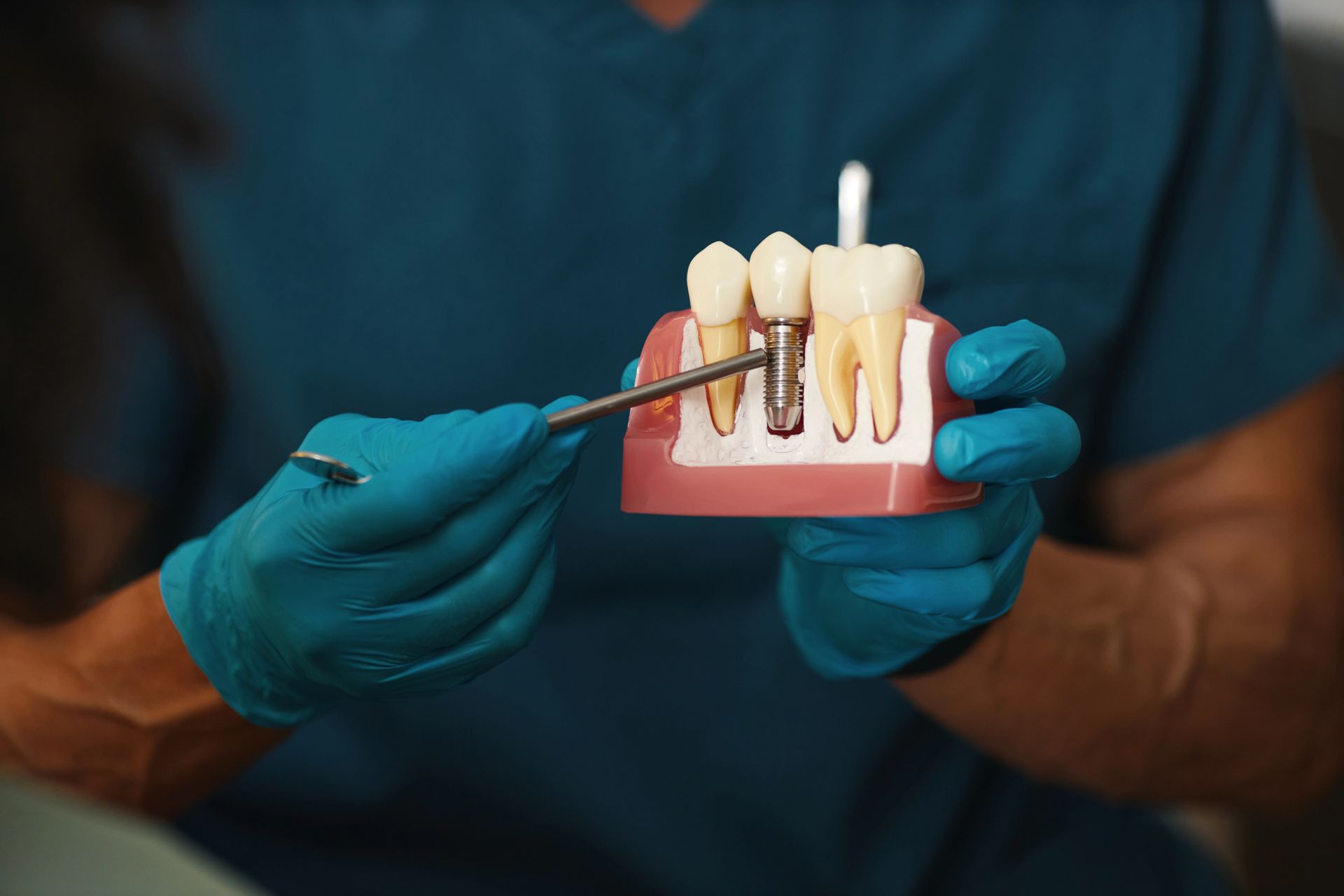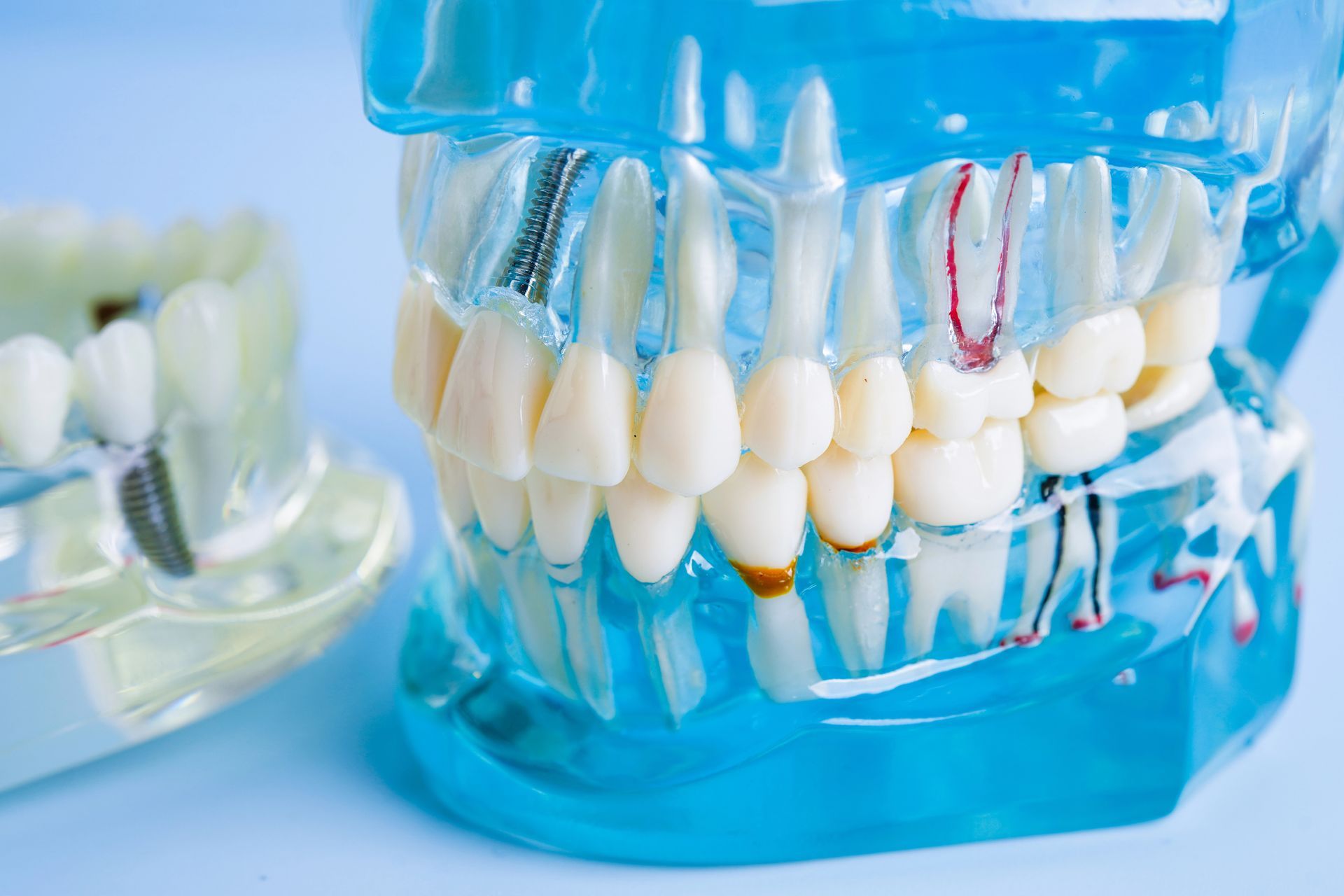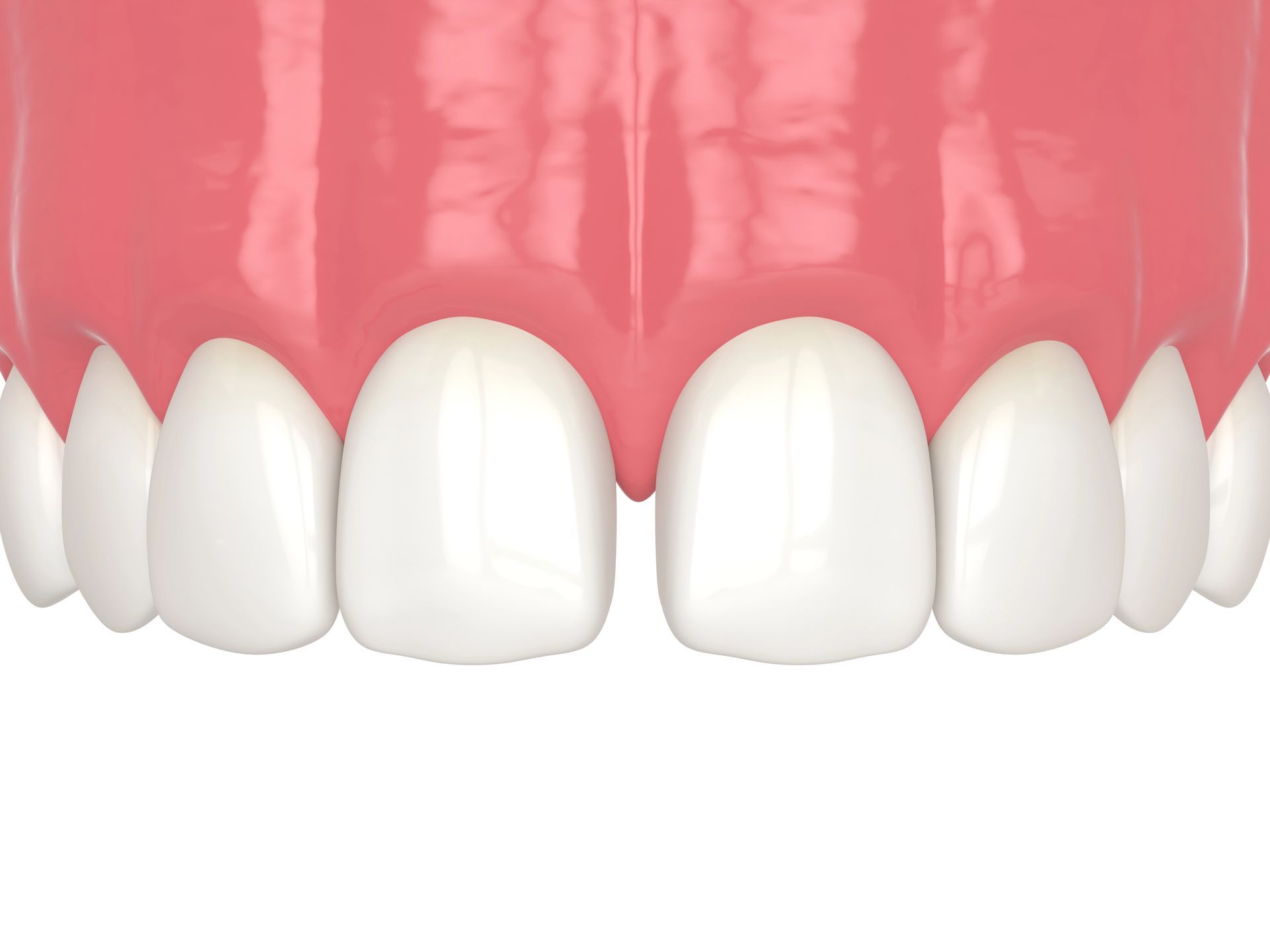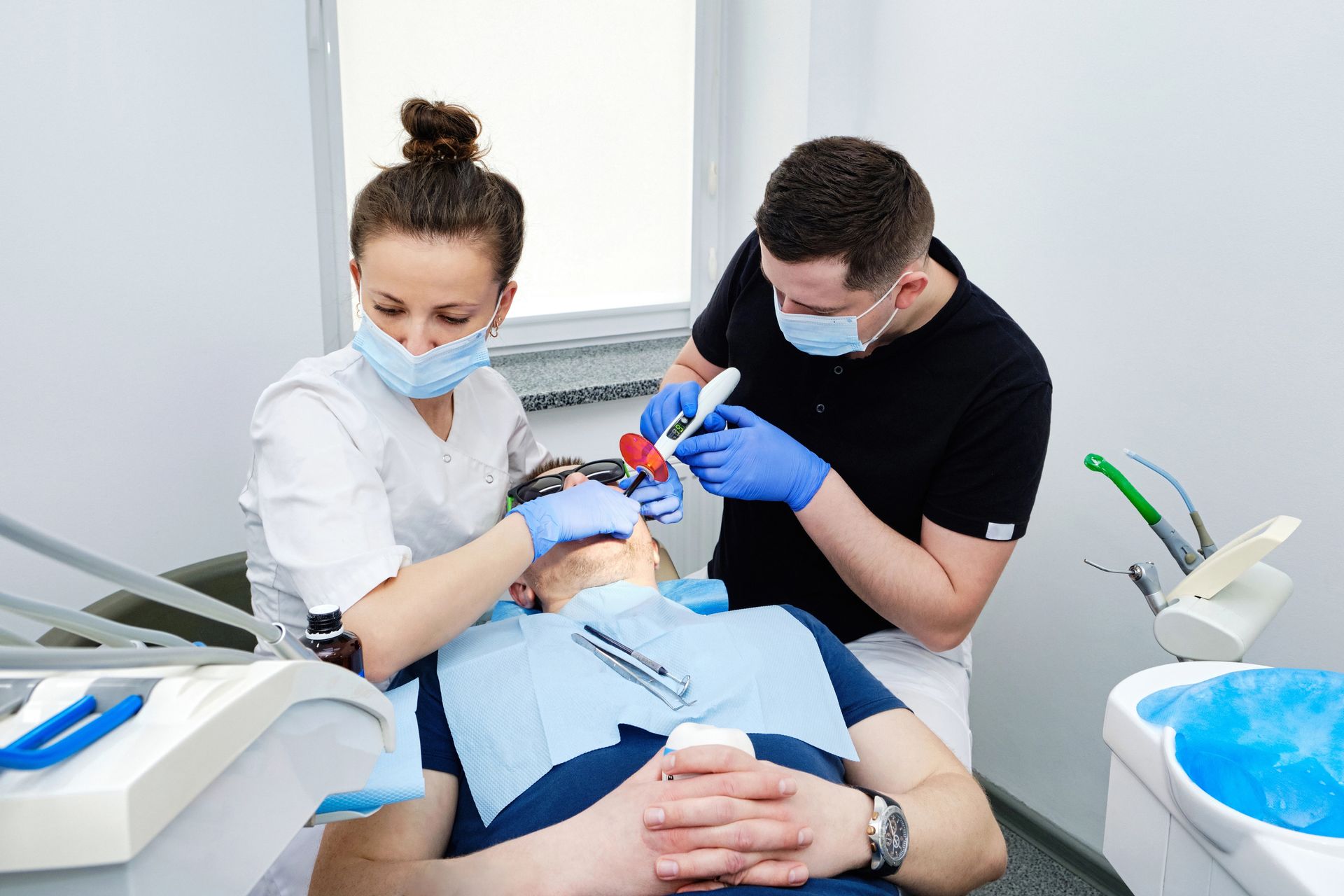What are dental veneers made of, and what makes them a popular choice for enhancing smiles? Typically crafted from porcelain or composite resin, these materials are chosen for their durability and ability to mimic the natural appearance of teeth.
What Are Dental Veneers Made Of?
Porcelain veneers are a popular choice for those looking to enhance their smile, and understanding their composition is key to appreciating their benefits. These veneers are crafted from high-quality dental porcelain, a material known for its durability and natural appearance. The porcelain used in veneers is designed to mimic the translucency and color of natural teeth, providing a seamless and aesthetically pleasing result. This material is also resistant to staining, which helps maintain the brightness of the smile over time.
The process of creating porcelain veneers involves layering and firing the porcelain to achieve the desired shape and shade. This meticulous process ensures that each veneer is custom-made to fit the individual's teeth perfectly. The strength of dental porcelain makes it an ideal choice for veneers, as it can withstand the daily wear and tear of chewing and speaking. For more information on how veneers compare to other dental restorations, you can explore our detailed guide on Veneers vs Crowns: How to Choose the Best Option for You.
Composite Resin Veneers
Composite resin veneers are another popular choice for those looking to enhance their smile. These veneers are crafted from a blend of plastic and fine glass particles, which allows them to be molded directly onto the teeth. The material is known for its versatility and ability to closely mimic the natural appearance of tooth enamel. Composite resin veneers are often chosen for their affordability and the relatively quick process involved in their application, making them an accessible option for many individuals seeking cosmetic dental improvements.
When considering what dental veneers are made of, it's important to understand the unique properties of composite resin. This material is not only durable but also offers a degree of flexibility that can be beneficial in achieving a natural look. The application process involves layering the resin onto the tooth surface, which is then shaped and polished to achieve the desired aesthetic. For those interested in exploring more about dental veneers, you can Get Dental Veneers Columbia to learn more about the options available.
Lumineers Material Overview
When exploring the question, "What are dental veneers made of?" it's essential to consider Lumineers, a popular type of veneer known for its unique material composition. Lumineers are crafted from a specialized type of ultra-thin porcelain, which allows them to be applied seamlessly over existing teeth without extensive preparation. This material is renowned for its durability and natural appearance, making it a favored choice for those seeking a subtle enhancement to their smile. The advanced porcelain used in Lumineers is designed to mimic the translucency and texture of natural tooth enamel, providing a realistic and aesthetically pleasing result.
Veneer Manufacturing Process
The veneer manufacturing process is a meticulous journey that transforms raw materials into the stunning dental veneers many seek for a perfect smile. Understanding what dental veneers are made of begins with selecting high-quality materials, such as porcelain or composite resin, which are then crafted into thin shells designed to cover the front surface of teeth. The process involves precise measurements and molds to ensure a perfect fit, followed by layering and shaping the material to achieve the desired aesthetic. Each step is crucial in ensuring the veneers not only enhance the appearance of teeth but also provide durability and functionality. For those interested in exploring more about dental aesthetics, Design Dentistry Columbia offers insights into these processes, and you can learn more by visiting a Columbia Dentist.
Durability of Veneer Materials
When exploring the question, "What are dental veneers made of?" it's essential to consider the durability of the materials used. Dental veneers are typically crafted from either porcelain or composite resin, each offering distinct levels of strength and longevity. Porcelain veneers are renowned for their robust nature and resistance to staining, often lasting many years with proper care. On the other hand, composite resin veneers, while generally less durable than porcelain, still provide a reliable option with the advantage of being more easily repaired if damaged. Understanding the durability of these materials is crucial for anyone considering veneers as a long-term solution for enhancing their smile.
Aesthetic Qualities of Veneers
When exploring the question, "What are dental veneers made of?" it's essential to consider their aesthetic qualities, which play a significant role in their popularity. Dental veneers are crafted to mimic the natural appearance of teeth, offering a seamless blend with your existing smile. The materials used in veneers, such as porcelain or composite resin, are chosen for their ability to reflect light similarly to natural tooth enamel, providing a realistic and attractive finish. This attention to detail ensures that veneers not only enhance the appearance of teeth but also maintain a natural look that complements the individual's overall facial aesthetics.
Veneer Material Innovations
In recent years, the field of dental veneers has seen significant advancements in material technology, offering patients more options than ever before. When exploring the question, "What are dental veneers made of?" it's important to note that traditional materials like porcelain and composite resin have been joined by innovative alternatives that enhance durability and aesthetics. These new materials are designed to mimic the natural translucency and texture of teeth more closely, providing a seamless and natural appearance. As research continues, the development of these advanced materials promises to further revolutionize the way dental veneers are crafted and applied, ensuring they meet the evolving needs and preferences of patients.
Comparing Veneer Material Types
When exploring the question, "What are dental veneers made of?" it's essential to understand the differences between the primary materials used in their construction. Dental veneers are typically crafted from either porcelain or composite resin. Porcelain veneers are renowned for their durability and natural appearance, often mimicking the light-reflecting properties of natural teeth. On the other hand, composite resin veneers are known for their versatility and ease of application, allowing for quicker adjustments and repairs. Each material offers unique benefits and characteristics, making them suitable for different aesthetic and functional needs in dental applications.
Environmental Impact of Veneer Materials
When exploring the question, "What are dental veneers made of?" it's important to consider the environmental impact of the materials used. Dental veneers are typically crafted from porcelain or composite resin, each with distinct ecological footprints. Porcelain veneers, while durable and aesthetically pleasing, require significant energy for production and involve mining processes that can affect natural landscapes. Composite resin veneers, on the other hand, are derived from synthetic materials, which may involve petrochemical processes contributing to carbon emissions. Understanding these impacts is crucial as the dental industry continues to explore more sustainable practices and materials.
Conclusion
Understanding what dental veneers are made of can help you make informed decisions about your dental care. For more information, feel free to call 803-408-7163 or check out the reviews on Google Maps.










